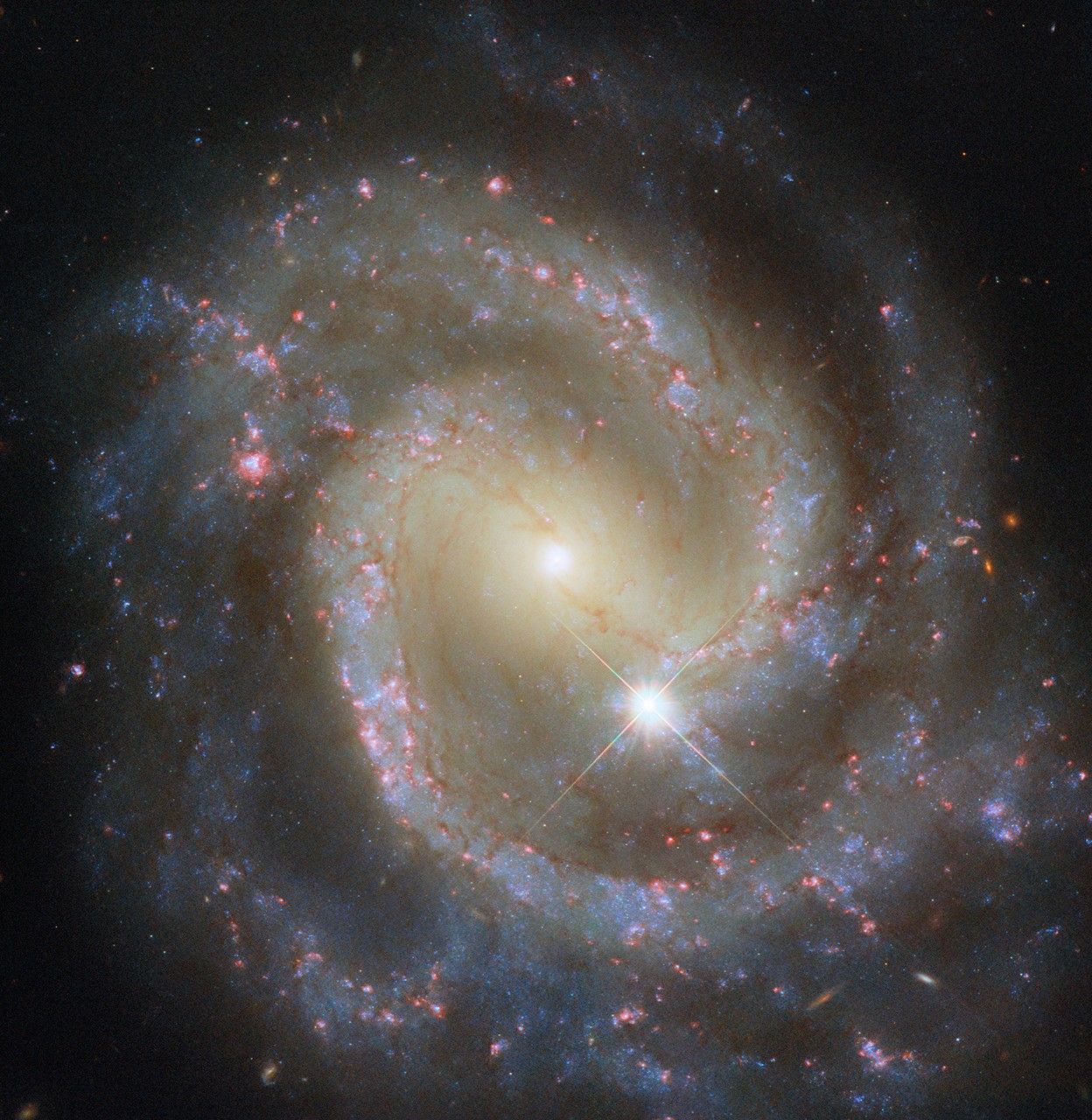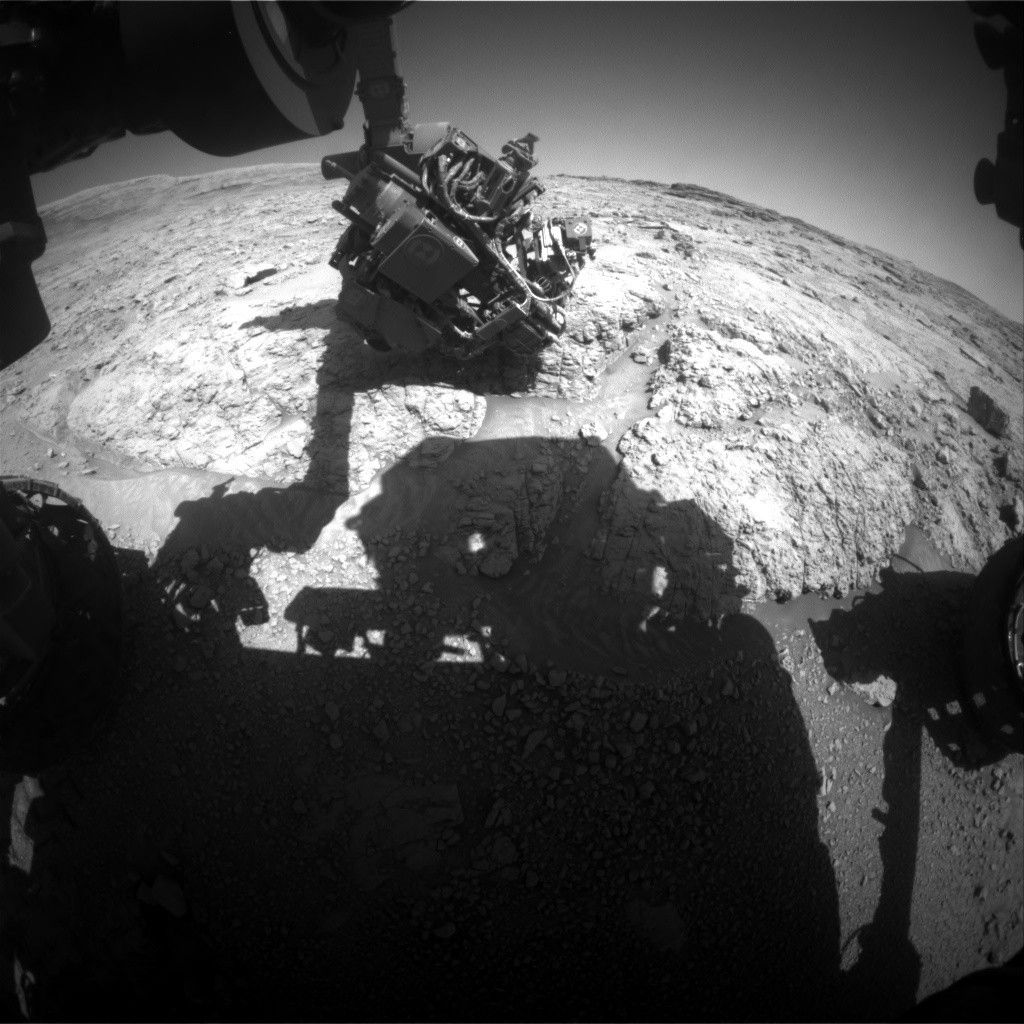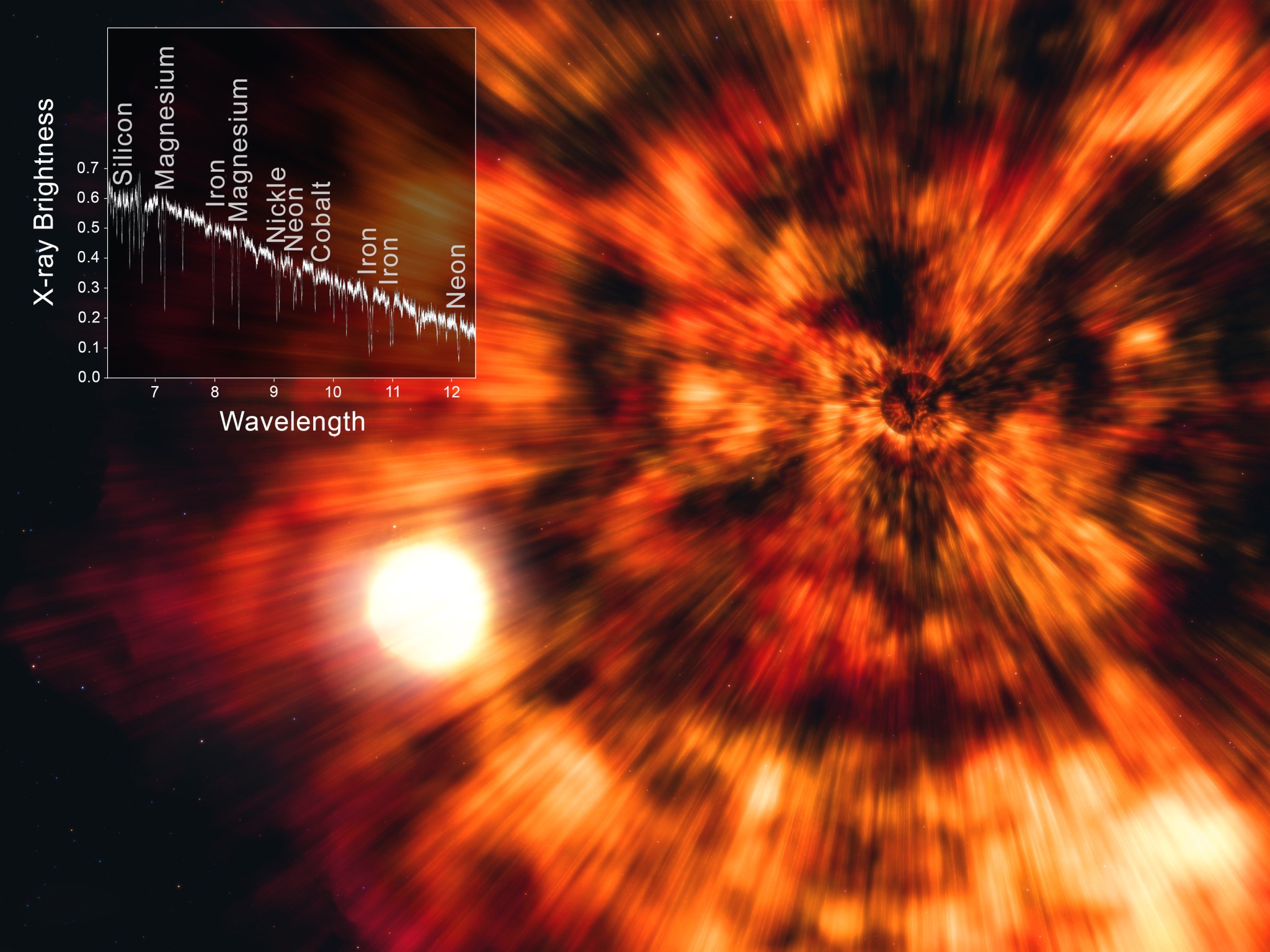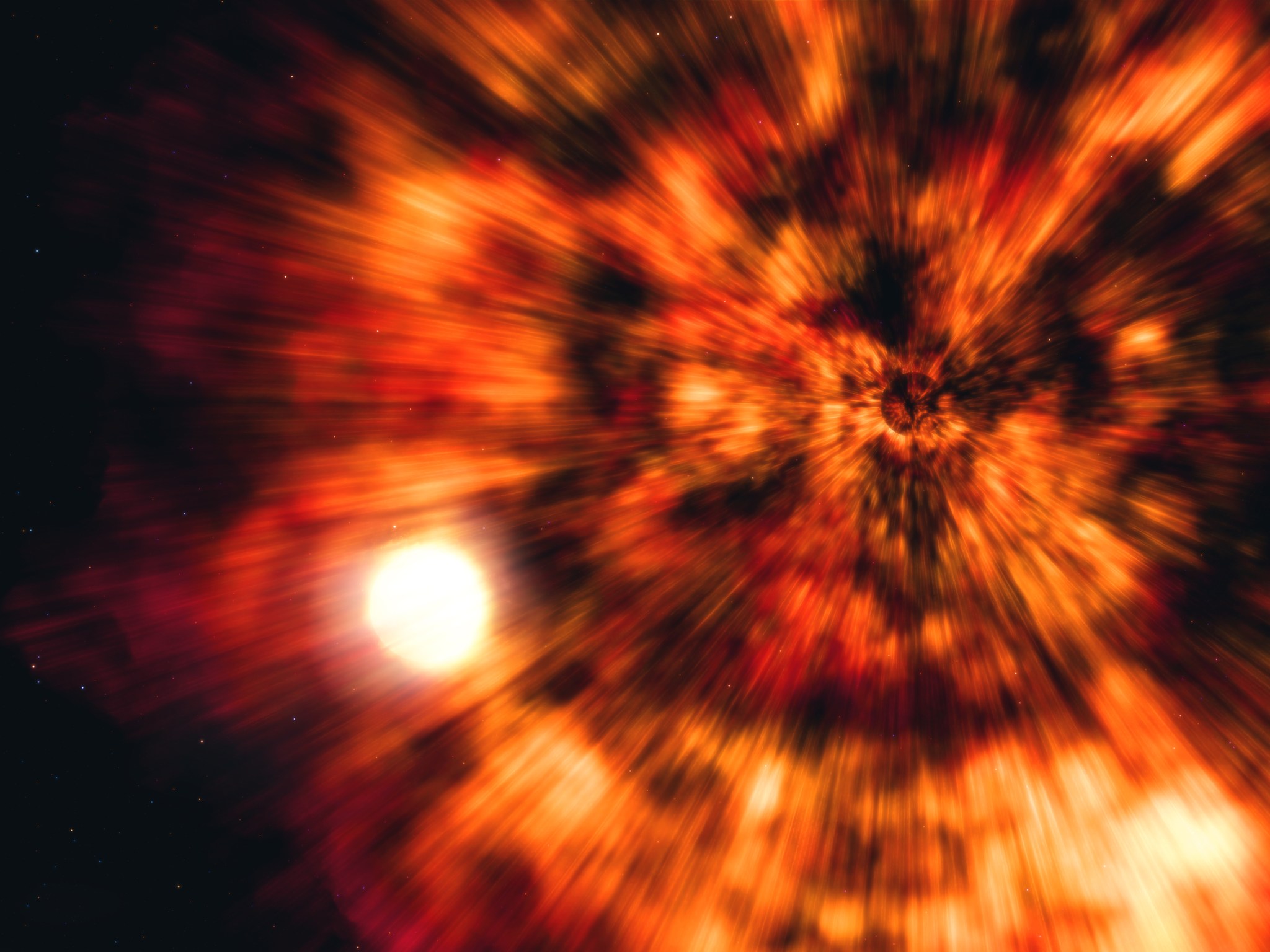Finding Clues in Ruins of Ancient Dead Star With NASA’s Chandra
People often think about archaeology happening deep in jungles or inside ancient pyramids. However, a team of astronomers has shown that they can use stars and the remains they leave behind to conduct a special kind of archaeology in space. Mining data from NASA’s Chandra X-ray Observatory, the team of astronomers studied the relics that […]

People often think about archaeology happening deep in jungles or inside ancient pyramids. However, a team of astronomers has shown that they can use stars and the remains they leave behind to conduct a special kind of archaeology in space.
Mining data from NASA’s Chandra X-ray Observatory, the team of astronomers studied the relics that one star left behind after it exploded. This “supernova archaeology” uncovered important clues about a star that self-destructed – probably more than a million years ago.
Today, the system called GRO J1655-40 contains a black hole with nearly seven times the mass of the Sun and a star with about half as much mass. However, this was not always the case.
Originally GRO J1655-40 had two shining stars. The more massive of the two stars, however, burned through all of its nuclear fuel and then exploded in what astronomers call a supernova. The debris from the destroyed star then rained onto the companion star in orbit around it, as shown in the artist’s concept.
With its outer layers expelled, including some striking its neighbor, the rest of the exploded star collapsed onto itself and formed the black hole that exists today. The separation between the black hole and its companion would have shrunk over time because of energy being lost from the system, mainly through the production of gravitational waves. When the separation became small enough, the black hole, with its strong gravitational pull, began pulling matter from its companion, wrenching back some of the material its exploded parent star originally deposited.
While most of this material sank into the black hole, a small amount of it fell into a disk that orbits around the black hole. Through the effects of powerful magnetic fields and friction in the disk, material is being sent out into interstellar space in the form of powerful winds.
This is where the X-ray archaeological hunt enters the story. Astronomers used Chandra to observe the GRO J1655-40 system in 2005 when it was particularly bright in X-rays. Chandra detected signatures of individual elements found in the black hole’s winds by getting detailed spectra – giving X-ray brightness at different wavelengths – embedded in the X-ray light. Some of these elements are highlighted in the spectrum shown in the inset.
The team of astronomers digging through the Chandra data were able to reconstruct key physical characteristics of the star that exploded from the clues imprinted in the X-ray light by comparing the spectra with computer models of stars that explode as supernovae. They discovered that, based on the amounts of 18 different elements in the wind, the long-gone star destroyed in the supernova was about 25 times the mass of the Sun, and was much richer in elements heavier than helium in comparison with the Sun.
This analysis paves the way for more supernova archaeology studies using other outbursts of double star systems.
A paper describing these results titled “Supernova Archaeology with X-Ray Binary Winds: The Case of GRO J1655−40” was published in The Astrophysical Journal in May 2024. The authors of this study are Noa Keshet (Technion — Israel Institute of Technology), Ehud Behar (Technion), and Timothy Kallman (NASA’s Goddard Space Flight Center).
NASA’s Marshall Space Flight Center in Huntsville, Alabama, manages the Chandra program. The Smithsonian Astrophysical Observatory’s Chandra X-ray Center controls science operations from Cambridge, Massachusetts, and flight operations from Burlington, Massachusetts.
Read more from NASA’s Chandra X-ray Observatory.
Learn more about the Chandra X-ray Observatory and its mission here:
Visual Description
This release features an artist’s rendering of a supernova explosion, inset with a spectrum graph.
The artist’s illustration features a star and a black hole in a system called GRO J1655-40. Here, the black hole is represented by a black sphere to our upper right of center. The star is represented by a bright yellow sphere to our lower left of center. In this illustration, the artist captures the immensely powerful supernova as a black hole is created from the collapse of a massive star, with an intense burst of blurred beams radiating from the black sphere. The blurred beams of red, orange, and yellow light show debris from the supernova streaking across the entire image in rippling waves. These beams rain debris on the bright yellow star.
When astronomers used the Chandra X-ray Observatory to observe the system in 2005, they detected signatures of individual elements embedded in the X-ray light. Some of those elements are highlighted in the spectrum graph shown in the inset, positioned at our upper lefthand corner.
The graph’s vertical axis, on our left, indicates X-ray brightness from 0.0 up to 0.7 in intensity units. The horizontal axis, at the bottom of the graph, indicates Wavelength from 6 to 12 in units of Angstroms. On the graph, a tight zigzagging line begins near the top of the vertical axis, and slopes down toward the far end of the horizontal axis. The sharp dips show wavelengths where the light has been absorbed by different elements, decreasing the X-ray brightness. Some of the elements causing these dips have been labeled, including Silicon, Magnesium, Iron, Nickel, Neon, and Cobalt.
News Media Contact
Megan Watzke
Chandra X-ray Center
Cambridge, Mass.
617-496-7998
mwatzke@cfa.harvard.edu
Lane Figueroa
Marshall Space Flight Center, Huntsville, Alabama
256-544-0034
lane.e.figueroa@nasa.gov
What's Your Reaction?
















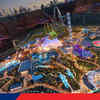


.jpg?#)












